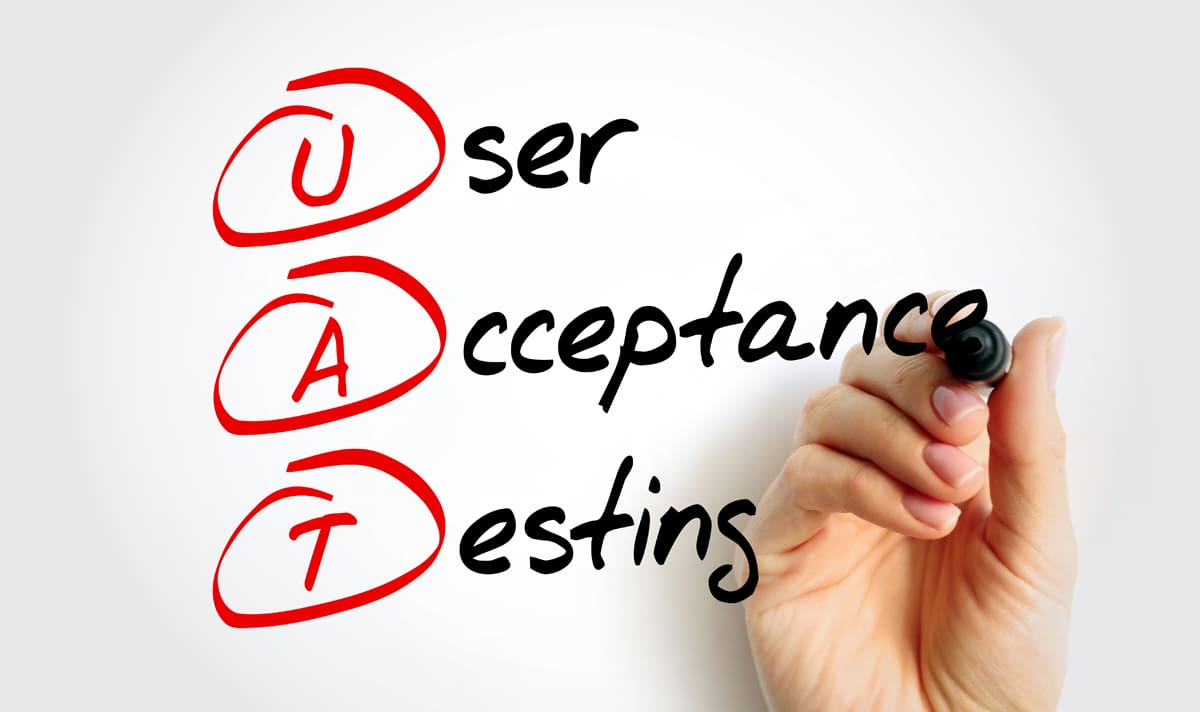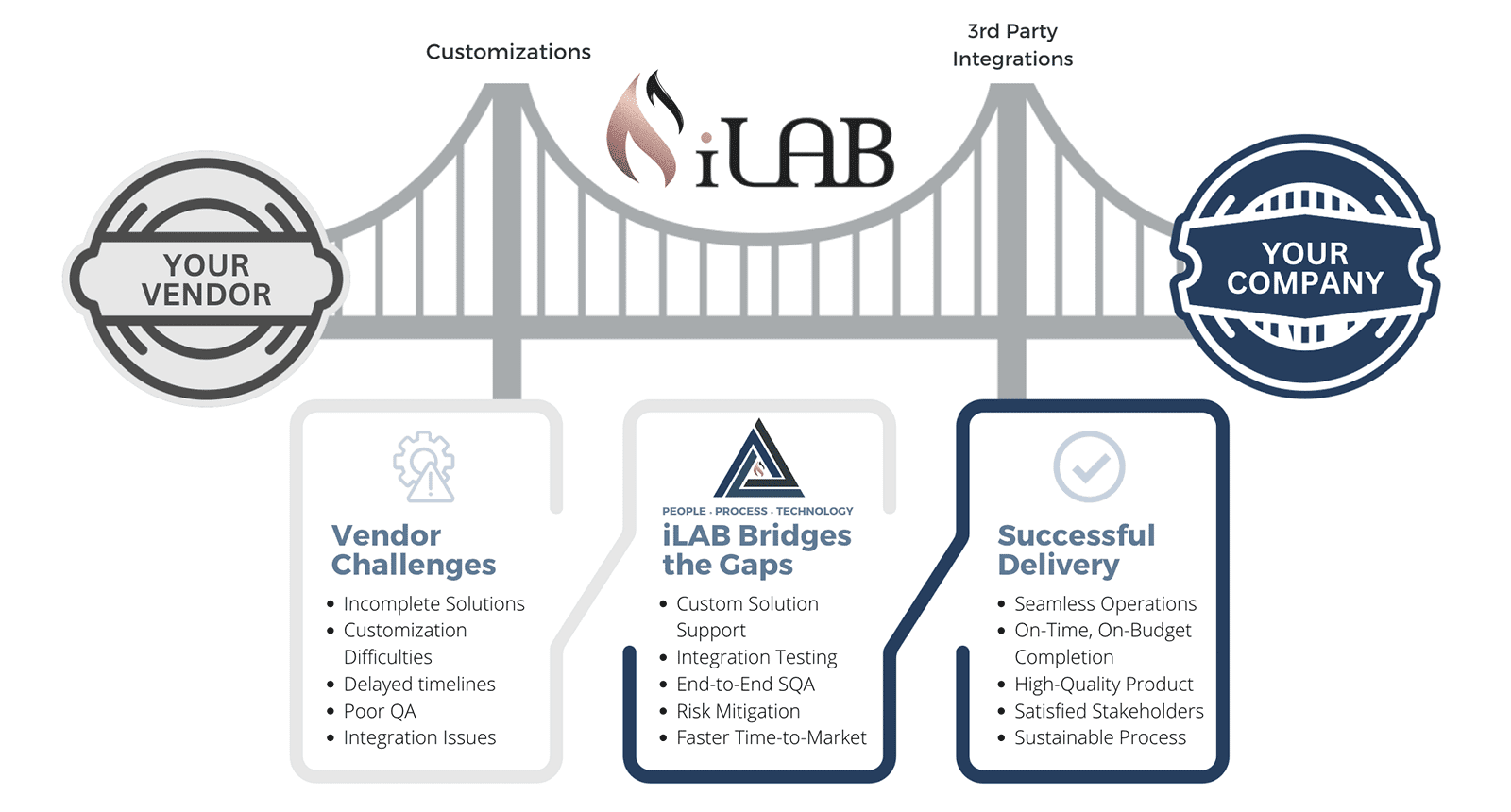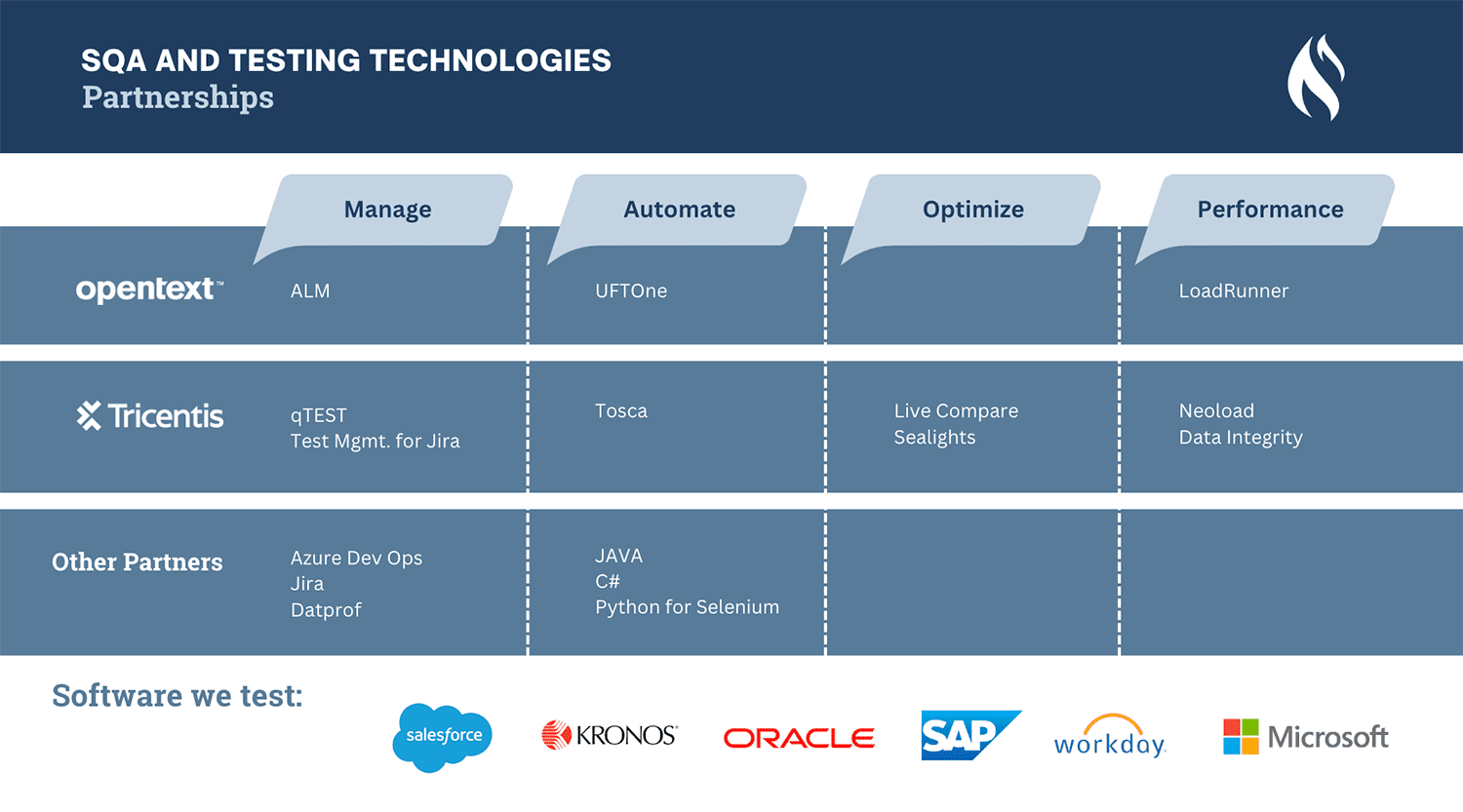User Acceptance Testing (UAT)
Reduce risks, improve user experience, and ensure stakeholder satisfaction. Ask Our Experts
Experience
Take advantage of our years of experience and don’t waste your time reinventing proper UAT practices.
Performance
Our deep experience in software testing and end-user adoption allows us to ensure your software performs under tough conditions.
Guidance
Let us work with you to uncover and avoid risks in your software development test plans while producing quality software.
Why UAT?
User Confirmation
Ensures the software meets user expectations and performs as intended in real-world scenarios, validating its readiness for deployment.
Risk Mitigation
Identifies potential issues before release, reducing the likelihood of critical failures and minimizing associated risks.
Enhance User Experience
Incorporates feedback to refine usability and ensure the system provides a seamless and intuitive user interface.
Ensure Stakeholder Satisfaction
Confirms that the solution aligns with the requirements and expectations of all stakeholders, fostering confidence in the product.
Reduce Post-Deployment Issues
Resolves defects and inconsistencies during testing, minimizing disruptions and costly fixes after launch.
Final Quality Check
Acts as the last layer of validation to guarantee the software is stable, functional, and ready for production use.
Smooth Deployment
Validates deployment readiness, ensuring a seamless transition to production with minimal interruptions.
Alignment with Business Goals
Confirms the software supports strategic objectives and delivers value to the organization.
Training Verification
Validates that training materials and processes are effective, ensuring users are prepared to operate the system efficiently.
Prevent Business Disruption
Detects and addresses potential issues that could impact business operations, ensuring continuity after release.
Facilitate User Adoption
Builds user confidence through hands-on testing, increasing acceptance and successful integration of the new system.
Common UAT Challenges
Common Challenges
- Persistent Project Overruns
- Insufficient Testing Resources
- Team Collaboration Difficulties
iLAB Core Competency Solutions
- Proactive Issue Identification to Prevent Delays
- Custom Test Automation Frameworks for Broader Coverage
- Enhanced Sync with Team/Vendor-Integrated Test Approaches
iLAB UAT Capabilities
User Confirmation
User Acceptance Testing (UAT) involves end users validating that the software meets their needs and functions as expected in real-world scenarios.
Enhance User Experience
During UAT, users provide direct feedback on usability and performance, allowing the development team to make adjustments that improve the overall user experience.
Ensure Stakeholder Satisfaction
UAT aligns the software with the expectations and needs of key stakeholders, ensuring that the final product delivers value and meets business objectives.
Smooth Deployment
With UAT confirming that the software is stable and meets business requirements, deployment is more likely to proceed smoothly, reducing the chances of errors or disruptions during go-live.
Alignment with Business Goals
UAT ensures that the software not only functions properly but also supports and advances the organization’s business goals. This alignment ensures that the software delivers measurable value once implemented.
Training Verification
UAT allows users to verify that training materials and user guides are adequate and effective, ensuring that employees are well-prepared to use the software confidently and correctly from day one.
Facilitate User Adoption
Early user involvement through UAT fosters familiarity and confidence in the software, easing the transition to the new system and facilitating smoother user adoption.
Delivery
Flexibility
Flexible delivery options allow us to engage in a way that aligns with your business goals.
Timeframe-Based Engagement
Undertaking projects within a limited timeframe.
Deliverable-Based Engagement
Focusing on specific deliverables and outcomes.

Impactful Outcomes
Enhanced User Experience
Broad Impact
98%
decrease in defects experienced by iLab’s government agency clientsImproved Quality
Case Study
Retail: A Multi-Billion Dollar Food, Snack and Beverage Corporation Seek iLAB’s Help for Software Quality Assurance
A global food, snack, and beverage corporation approached iLAB to help implement a new module: Human Capital Management (HCM), to the SAP Employee Central (EC) module implementation project. iLAB provided the core testing team and led User Acceptance Testing (UAT). The core testing team also handled defect management. Our team contributed Software Quality Assurance expertise, assisting with software testing plans and execution and identifying and mitigating risks that could jeopardize the project.
Strategic Partnerships
At iLAB, we understand the importance of strategic partnerships to provide our clients with the best possible solutions. We have joined forces with many industry-leading companies. Through these partnerships, we ensure our clients benefit from the synergy of our combined expertise, technology, and resources.

